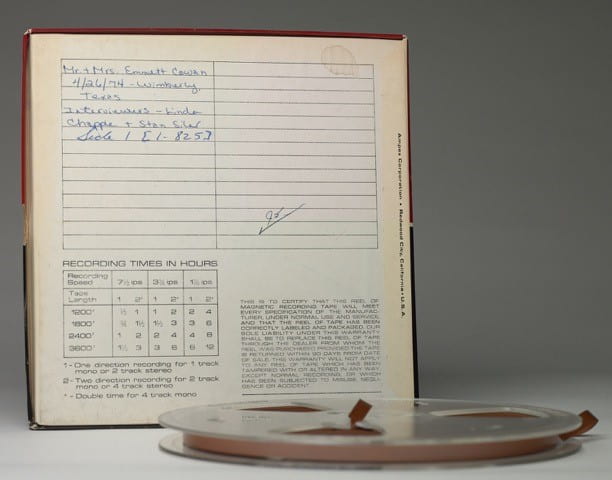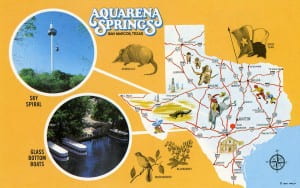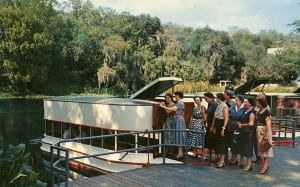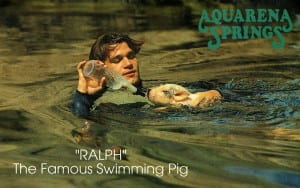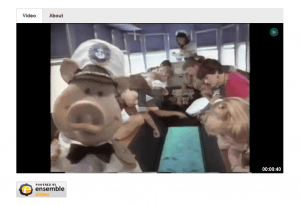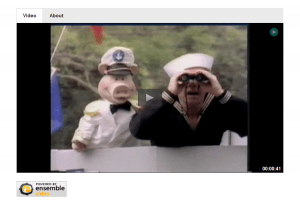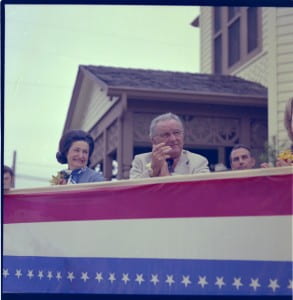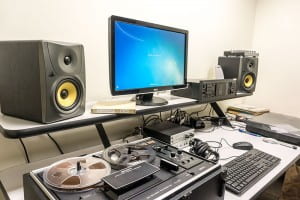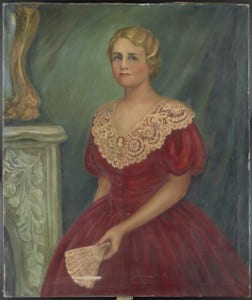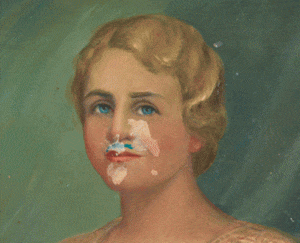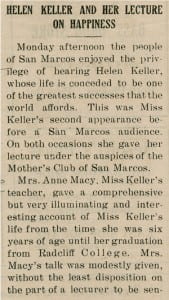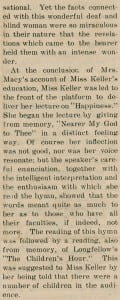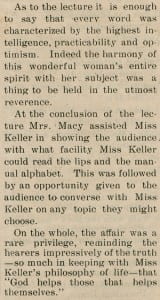Since its official founding in 2006, the University Archives has received hundreds of linear feet of materials from a wide variety of campus offices. For the first time, departments have a place to transfer historical materials that had been sitting in storage for years. Rescuing this history is a wonderful thing for the institution, but the down side is that many boxes transferred lack any kind of descriptive information about the contents.
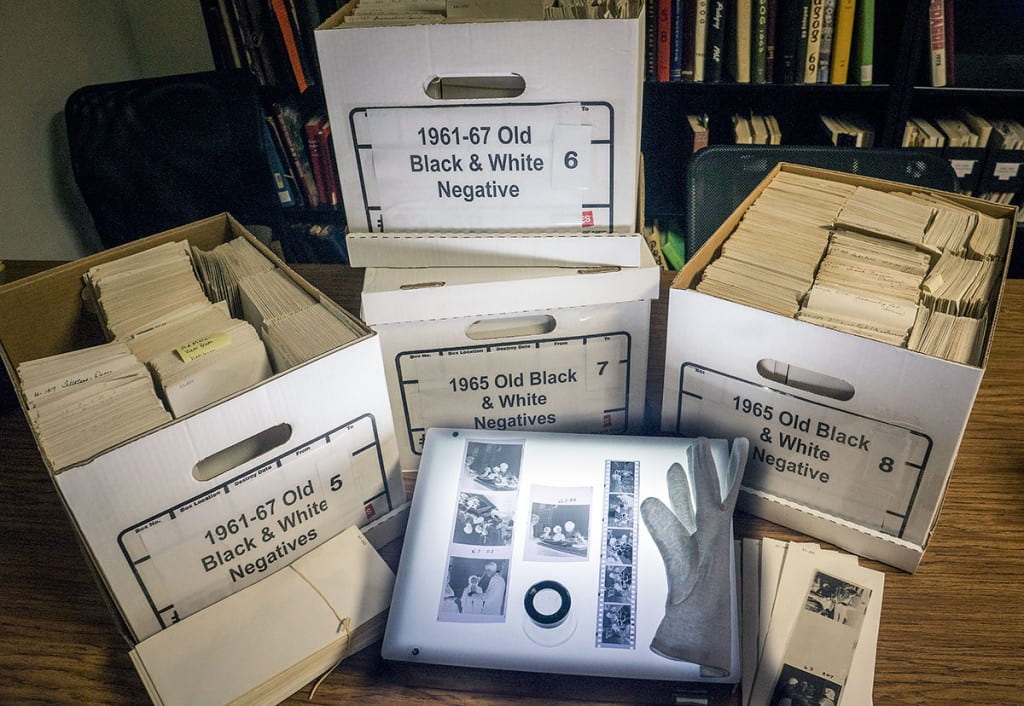
For example, a set of 16 boxes marked “old black and white negatives” dating from the 1960s are believed to have originated in the yearbook offices. There is no catalog or index of topics, so the thousands of unlabeled negatives are effectively inaccessible. Another 58 boxes of negatives dating from the 1970s have only basic descriptions for each negative set.
The Digital & Web Services Department, which has both the equipment and the student workers to handle large volumes of negatives, volunteered to start scanning highly-used as well as some of the unlabeled negatives to improve access.
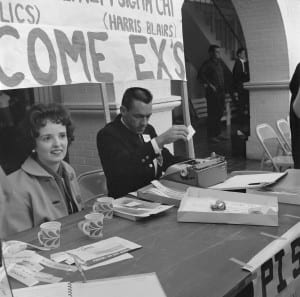
Homecoming 1962-0122_03
During an archival review of the first 1021 scans, some of the images were identified as Homecoming 1962,
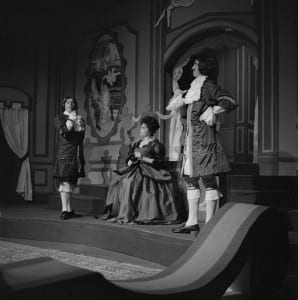
Misanthrope 1962-0027_3
a theatre production of Misanthrope,
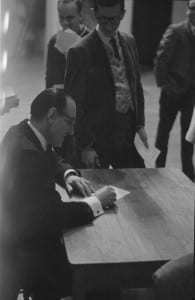
Basil Rathbone 1962-072_04
and visiting actor Basil Rathbone performing on stage and signing autographs.
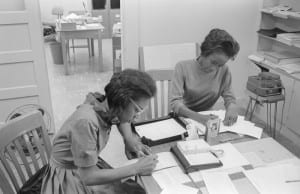
Dana Jean Smith and Gloria Odoms
While watching the Digital Media Specialist review scanned images on November 5, the University Archivist was surprised to see Dana Jean Smith in one of the images. A closer examination indicated that these photos were likely taken on the day Southwest Texas State College was officially desegregated in February 1963. It was believed that no documentation of the registration existed as interviews with administrators suggested that reporters and photographers were not allowed to document the registration process.
These images are highly significant to Texas State – historical “golden nuggets” that document a transformational event in our institutional history. A total of 34 negatives of the registration process were identified, and include images of Ms. Smith, Georgia Hoodye, Gloria Odoms, and Mabeleen Washington. Helen Jackson was the fifth African-American woman to enroll in the spring of 1963. She is not pictured as she enrolled the following day.
The University Archives created a resource guide to the 1963 Desegregation of the University containing additional photographs.
